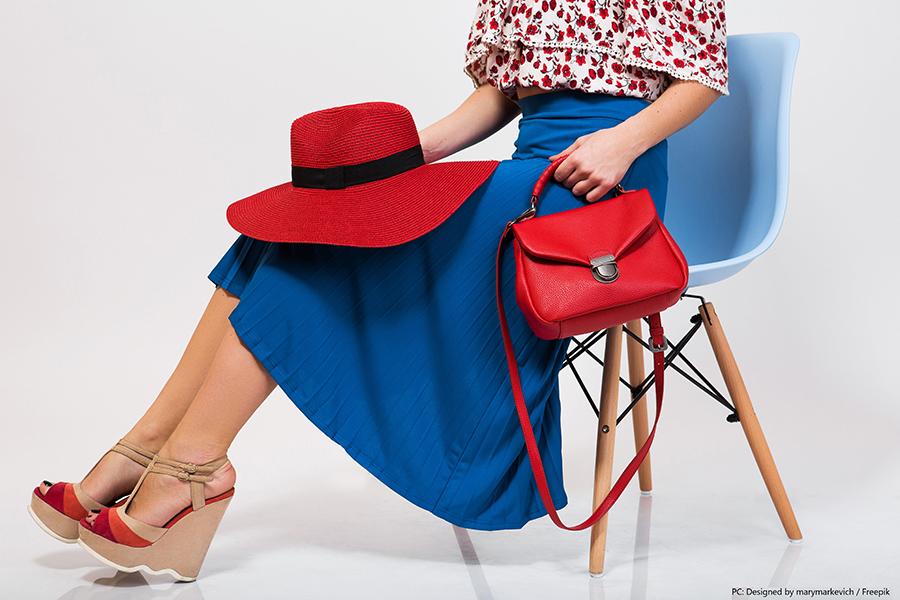
Luxury retail
Data presented by Fraîcheur Paris indicates that beauty products accounted for 22% of the 2020 global personal luxury goods market. It ranked second highest after accessories, which accounted for 36%. Hard luxury had a share of 21% tying with apparel.
The research also explored the 2020 global luxury market, which totaled to about $1.2 trillion. Luxury cars accounted for half of the entire market share at $605 billion to occupy the top spot, followed by personal luxury goods at $261 billion. Luxury cruises had the least share at $1.2 billion.
The market share of personal luxury goods in 2020 was heavily impacted by the coronavirus pandemic like many other sectors. The market size even recorded the biggest drop in a decade as changes to the consumer mindset forced many to spend more time at home while minimizing non-essential items. There was also reduced air travel, a greater focus on family and self-care.
The wide-scale lockdowns contributed to the contraction of the market size as the situation impacted consumer confidence. Some consumers saw no sense in spending more on luxury goods since there was little opportunity to use the products owing to restricted global traveling.
Beauty products were able to account for a significant share of the luxury products thanks to a change in consumer behavior. Many brands adapted by scaling up online sales to offset the decline from in-store sales. Notably, the e-commerce sector skyrocketed during the pandemic, with many retailers taking advantage.
In general, beauty habits change when the consumer is at home. With the working culture spreading, for example, women find it not necessary to put on makeup.
Before the 2020 drop, the personal luxury market was rising mainly due to improving consumer living standards supported by their increasing disposable income levels. Furthermore, the high prevalence of western fashion trends catalyzed luxury product demand. The growing tourism sector was also driving the market growth. However, the sudden outbreak of COVID-19 across the globe in early 2020 reversed most sector gains.
Despite recording impressive gains before the pandemic, beauty products and other luxury goods have also been facing a rough patch. Recently, trade wars, increased global economic uncertainty, and shifts in consumer behavior and values have contributed to major shifts across the luxury goods landscape.
In the path to recovery, the global luxury market is influenced by a combination of factors like economic trends, consumer confidence, tourism flows, and the ability to lead brands to anticipate and meet consumer needs. Furthermore, the recovery is already being seen in regions like China.
Despite emerging as the epicenter of the health crisis, China has witnessed a revival of the luxury market after lifting measures to contain the pandemic. Among the leading luxury goods markets, China had earlier resorted to months of store closures, social distancing, and disrupted personal and professional habits. Consumers will likely be willing to make purchases not made during the lockdown.
Notifications